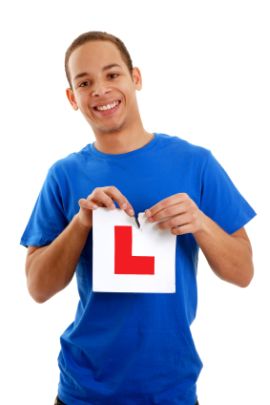Your engine temperature gauge
These days many of us get into a car without really understanding how any of it works, and even the engine and how it operates and powers the car is a mystery to many.
Well, essentially it contains cylinders where explosions occur generating power. This means that there is also a lot of heat generated, and thus the engine needs to be cooled and this is usually done with water cooling system that is pumped around the engine to ensure it remains in its standard operating temperature range.
There is a temperature gauge that tells you if the system is within the ordinary range or not; if you've heard of an engine 'overheating' then this refers to it going above the ordinary operating temperature range, and if it is too high then you should stop driving as soon as you realise this.
On very hot days this could be the cause for an engine overheating, but other possibilities include there not being enough water to cool the system because of for instance something like a leaking radiator.
Another possibility is that the fan belt that operates the water pump has broken, or perhaps the radiator can be blocked (by something like ice), and therefore often anti-freeze is used when it is cold and potentially icy to stop this happening.
Related Articles...
What causes accidents: junctions
An alarmingly high proportion of accidents happen in and around junctions.
This is because of the combination of busy roads, traffic that can be nose to tail and people crossing all sorts of...
Driving Theory Centres
Finding the nearest driving theory centre to you is easy as the government makes this information available to you online.
There is a website that enables you to find the nearest driving...
Using head restraints
Your car will have head restraints in it, but do you take the time to adjust these before using the vehicle and ensuring they are set at the correct level for you? Head restraints in vehicles are...
Road conditions: dealing with fog
Fogs and mists are much more common at some times of the year than others. Particularly in the mornings and in the Autumn time of the year, fog can be commonplace, but whenever it occurs it is...
The New Drivers Act
The New Drivers Act is legislation that applies to those who have just passed their test and are categorised as new drivers, which in this legal definition refers to the first two years of passing...
Your legal obligations as a driver
There are some basics that everyone knows when it comes to being able to behind the wheel of a vehicle. These are of course meeting the legal eyesight requirements, being older than the minimum age...
How Pass Plus Works
What does pass plus contain? Well, it has six different modules and each of these ones focuses on a different set of conditions in which you might have to drive. These are in and around the town,...
How to book your driving theory test
There is now an online booking system in place that will allow you to book a driving theory test online.
There are also other ways to book a driving theory test: over the phone and you can...
More on Motorway Driving
Signs that let you know there is a motorway ahead are rectangular, and they have a green background. This shows that they are information signs on a primary road.
The part with the reference...
How to deal with bus lanes
If you see a bus lane then you will see a range of different attitudes from drivers. Mainly there will be frustration that they are stuck in a huge queue and there is a perfectly good lane that is...
Back to home page of driving theory test questions

